Generative AI refers to AI systems that create new content – from text and images to music and code – based on patterns learned from data. In simple terms, instead of just analyzing data, these systems generate original material.
This subset of artificial intelligence exploded into the mainstream in late 2022 with the debut of AI tools like OpenAI’s ChatGPT and image generators such as DALL-E.
These innovations captured the public’s imagination and sparked an unprecedented wave of air adoption across industries and around the world.
In the short time since, generative AI’s growth has been nothing short of staggering.
ChatGPT became the fastest-growing app in history, reaching 100 million users just two months after launch, a feat that took Instagram 2.5 years.
And the momentum keeps building. Businesses are pouring billions into generative AI, consumers are integrating it into daily life, and new use cases emerge every day.
To put this revolution in perspective, we’ve compiled 50 generative AI statistics for 2025 that highlight just how rapid and profound this growth has been.
Article Summary
- Widespread adoption & influence: AI is expected to affect ~15% of the global workforce (~400 million jobs) by 2030.
- Productivity gains in the workplace: 83% of employees using generative AI say it boosts productivity; over half call that boost “substantial.”
- Time saved / work hour support: Generative AI now supports between 0.5% and 3.5% of all U.S. work hours; this could add 0.1–0.9 pp annual productivity growth.
- Demand for AI skills rising: Mentions of “GPT” in job postings jumped 21x in one year, reflecting increased demand across many industries.
- Varying adoption across industries: Marketing leads with ~37% adoption; healthcare lags around 15%.
The Most Important Generative AI Statistics for 2025
Adoption & Usage
How widely is generative AI being adopted by people and organizations? The following generative AI adoption statistics highlight usage rates among the general public, workers, and businesses.
The picture is one of rapid uptake, with usage doubling in many cases year-over-year – and generational differences in who’s embracing these AI tools.
91% of Companies Say They’re Using Generative AI in 2025 (RSM)
Generative AI adoption has surged almost overnight. A recent mid-market survey found 91% of firms are using generative AI in 2025, up from 78% just a year prior.
In other words, AI tools have gone from experimental to essential in record time.
From automating support chats to generating code, businesses now see generative AI as a necessity, not a novelty.
1 in 3 Employees Use Generative AI at Work Weekly (Unleash)
Generative AI isn’t just for techies; everyday workers are embracing it.
Roughly one-third of employees globally now use generative AI tools in their jobs.
Another 32% expect to start in the next year.
From drafting emails with ChatGPT to summarizing reports with Claude, employees are weaving AI systems into their weekly workflows.
60% of Teachers Use AI Tools in the Classroom (Gallup)
AI has graduated to the classroom.
In the 2024-25 school year, 60% of K-12 secondary school teachers reported using a generative AI tool for teaching.
Educators are leveraging AI tools like GPT-powered tutors and essay feedback assistants to save time and personalize learning.
In short, the next generation is being taught with a side of artificial intelligence.
38% of Workers Trust AI to Make Decisions for Them (Eweek)
Comfort with AI is growing, to a point.
In one study, 38% of executives said they’d trust an AI system to make decisions on their behalf.
Many employees are already letting AI algorithms recommend actions.
Still, a majority remain cautious about fully ceding control. As AI tools improve and earn more trust, expect this figure to climb.
59% of HR Teams Use AI for Recruiting and Screening (Engagedly)
Human Resources has quietly become a hotbed of AI adoption.
A report shows that a majority (59%) of HR and recruiting teams demonstrate competent technical skills (ranging from adequate to highly adept) in using AI-powered tools for their various functions, from screening resumes to scheduling interviews, and even evaluating candidates.
In another poll, 65% of small business owners and HR leaders said they use AI at work.
From chatbots that answer applicant questions to algorithms that flag top talent, AI is speeding up hiring, and taking over many repetitive HR tasks.
Generative AI Adoption Is Dominating Tech Trends – 45% of Orgs Are Already Piloting Projects (Gartner).
Gartner’s October 2023 poll showed that 45% of surveyed organizations had active generative AI pilots.
This is a 30-point increase from early 2023, when only 15% had pilots in place.
Companies are testing generative AI for customer support, marketing, coding, and content creation, with many pilots expected to transition into full deployments.
Companies Have Doubled Their Generative AI Use Cases in Production Within a Year (Bain)
According to Bain, the average number of generative AI use cases per company grew from 2.5 in October 2023 to 5.0 by December 2024.
IT departments showed the highest growth.
Common deployments include AI writing tools, code generation, automated data analysis, and chat assistants.
This data shows that once companies implement one AI use case successfully, they quickly expand to others.
Almost 70% of Small Business Owners Use AI Tools for Marketing (Gusto)
Small businesses are jumping on generative AI, especially for marketing.
Among small firms that have adopted gen AI, nearly 70% are using it for marketing content and campaigns.
That means things like AI-generated social media posts, product descriptions, and ad copy are now common in the small business toolkit.
With limited budgets and time, entrepreneurs are leaning on AI solutions to punch above their weight in marketing and outreach.
Want to Rank Higher in Search Using AI?
At SEO Sherpa, we help brands tap into the power of generative AI to drive more traffic and leads.
From AI-optimized content to future-proof technical SEO, we’ve got the playbook.

Market Size & Investment
The generative Artificial Intelligence market is experiencing hyper-growth. These stats cover the booming market size, revenue projections, and surge in funding and investment.
In short: dollars are pouring into AI at unprecedented rates, as investors and enterprises bet big on an AI-powered future.
The Global Generative AI Market Is Projected to Reach $67 Billion in 2025 (Statista)
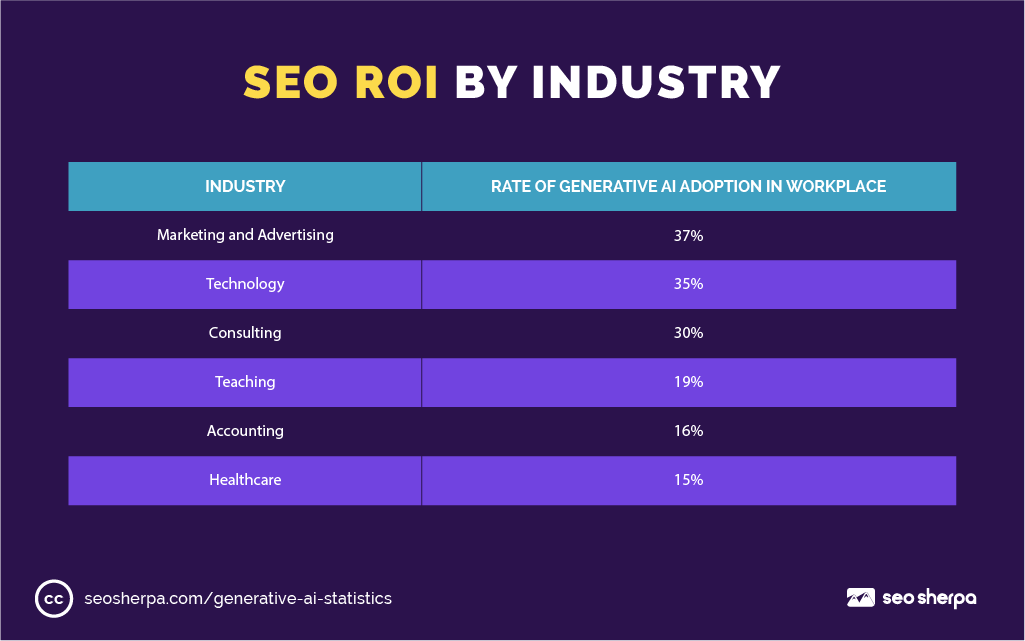
The generative AI market is exploding in value. By the end of 2024, it was already about a $66 billion market globally, leaping up from just $29B in 2022.
By sometime in 2025, the market will have cracked the $67B mark (and is still just getting started).
This staggering growth, roughly doubling in two years, underscores how much money is pouring into gen AI tools, startups, and infrastructure.
Investors and enterprises are betting big on AI’s future.
Expected to Hit $738.7 Billion by 2030 (Statista)
Long-term forecasts see no slowdown.
Analysts project the generative AI market will surge to around $738.7 billion by 2030.
That implies an annual generative AI growth rate in the ballpark of 24–27%, 3X faster than the overall software industry’s growth historically.
In other words, generative AI is on track to be one of the fastest-growing tech sectors ever.
By 2030, it could be as large as today’s cloud computing market, highlighting AI’s transformative economic impact.
OpenAI’s Valuation Surpassed $90 Billion in 2024 (AICoin)
The company that kicked off the gen AI frenzy, OpenAI, has seen its value skyrocket.
By late 2023, OpenAI was reportedly raising funds at an $80–90 billion valuation.
For context, that’s roughly on par with the most valuable private tech companies in history.
In just one year, OpenAI’s valuation roughly tripled (it was ~$30B in early 2023). Wall Street clearly believes OpenAI’s lead in AI systems could reshape tech’s balance of power.
43% of $1B+ revenue companies plan to invest over $100 million in Generative AI (KPMG/WSJ)
In a 2024 KPMG survey of firms with over $1 billion in annual revenue, 43% of respondents said they plan to invest $100 million or more in generative AI.
These initiatives include building custom models, training staff, embedding AI into product lines, and acquiring startups.
The size of these investments reflects strong conviction that AI will deliver significant long-term ROI.
94% of Financial Services Firms Have Used AI, and Only 6% Haven’t Tried It Yet (Statista)
A Statista survey from late 2023 found that only 6% of financial firms reported no AI usage at all.
The remaining 94% have adopted AI for at least one application.
This includes traditional machine learning, as well as newer generative AI tools.
Use cases include fraud detection, automated underwriting, customer support, and report generation.
Generative AI Startups Raised $21.8B in 2023 – 3 Times the 2021 Level (CB Insights)
Venture and private equity funding for generative AI startups totaled $21.8 billion across 426 deals in 2023.
That’s more than three times the total from 2021.
Investments are concentrated in AI infrastructure, foundational models, and generative apps.
Several high-profile companies, like OpenAI, Anthropic, and Mistral, received rounds exceeding $100 million.
The Generative AI Market Could Exceed $1.3 Trillion by 2032 (Learning Revolution)
Long-term forecasts indicate the market may grow from $128 billion in 2024 to over $1.3 trillion by 2032.
This would represent a tenfold increase in less than a decade.
A sustained annual growth rate of around 27% is required to reach that projection.
Growth will likely be driven by expanding use cases, multimodal models, and AI-native business models across sectors.
Microsoft Invested $13 Billion in OpenAI to Secure a Lead in Generative AI (Yahoo Finance)
By 2023, Microsoft had invested over $13 billion in OpenAI through a mix of cash and cloud infrastructure credits.
This strategic investment secured Microsoft exclusive access to OpenAI’s models for use across Azure, Office, and Bing.
The partnership accelerated Microsoft’s position in enterprise AI services.
OpenAI, in turn, became one of the most valuable AI startups, benefiting from Microsoft’s scale and compute power.
Other tech giants followed suit, with Google and Amazon investing in Anthropic and launching their own model platforms.
These large investments reflect the competitive nature of the AI landscape and the expectation that foundational model partnerships will define future market leadership.
AI Infrastructure Spending Has Surpassed Cloud-Only Spend (CioDive)
Companies are now pouring more money into AI infrastructure than into traditional cloud computing.
In the first half of 2024, spending on AI-dedicated servers doubled and made up 95% of growth in overall infrastructure spend.
Cloud providers like AWS, Google, and Microsoft report that AI workloads are a huge driver of new cloud usage.
We’ve reached a tipping point where building and running AI models is becoming the biggest line item in IT budgets, even bigger than generic cloud services.
92% of Fortune 500 Companies Are Piloting Generative AI Projects (TechCrunch)
Top corporations aren’t sitting on the sidelines. An estimated 90%+ of Fortune 500 firms have at least a pilot or proof-of-concept generative AI project underway.
From Coca-Cola using AI for ad copy to banks using it for risk modeling, big businesses are aggressively experimenting.
Generative AI has moved from the innovation lab to the C-suite agenda at nearly all of the world’s largest companies.
The Generative AI Market Grew 3× Faster Than SaaS in 2024 (McKinsey)
To put generative AI’s rise in perspective: it’s growing roughly 3 times faster than the SaaS (software-as-a-service) boom did at a comparable stage.
Enterprise AI software spending is expected to hit 10% penetration in a few years – in one-third the time it took SaaS to reach that mark.
This supercharged growth is fueled by unprecedented hype, VC funding, and broad applicability of AI.
Workforce & Productivity
One of generative AI’s biggest promises lies in the workplace.
These AI productivity statistics and workforce trends show how AI is affecting jobs, skills, and output.
Companies are seeing efficiency gains, but also facing talent gaps and organizational changes as AI becomes part of the team.
AI Tools Save Workers 5+ Hours Per Week on Average (BCG)
Generative AI isn’t just cool – it’s a genuine productivity booster.
About half of employees using gen AI say it shaves at least 5 hours off their work week.
That’s like getting an extra hour back each workday. Workers report that AI technology helps them automate tedious tasks, draft content faster, and find information instantly, freeing up time for more valuable work.
It’s clear that AI productivity statistics are trending in the right direction: more time saved, happier employees.

41% of Developers That Use ChatGPT AI Want to Use GitHub Copilot Next (Stack Overflow)
Software engineers have embraced AI-assisted coding.
Among the surveyed developers that used ChatGPT in 2024, 41% wanted to use GitHub Copilot in 2025.
Internal data from large tech teams indicates over 80% of available Copilot licenses get used, and about 43% of devs found it “extremely helpful” once adopted.
73% of Marketers Use AI for Content Generation (Botco)
Content creators have a new assistant: generative AI.
Nearly 73% of marketing professionals say they’re now using AI to generate content.
Whether it’s drafting blog posts, writing social media captions, or even creating product descriptions, marketers are leaning on tools like Jasper and ChatGPT.
Generative AI Increases Coding Speed by 55% (Github)
AI can write code fast. In a controlled study, developers using GitHub Copilot were able to complete a coding task 55% faster than those without Copilot.
That’s over twice as quick! By auto-completing boilerplate code and suggesting logic, AI coding assistants significantly cut down dev time.
For companies, this means faster shipping of features and potentially leaner engineering teams.
75% of Companies Report a Shortage of AI-skilled Talent (Bain)
A 2024 Bain survey found that three out of four companies struggle to hire enough AI-skilled workers.
The shortage spans across roles in data science, engineering, legal, and security.
At the same time, 62% of business executives say they lack the internal skills to execute on their AI strategy.
New roles like AI prompt engineer and AI ethicist are also emerging to meet demand.
Average AI Prompt Engineer Salary Tops $175,000 (Bloomberg)
Got AI skills?
You’ll be paid handsomely. Prompt engineers, people who craft and refine the inputs for generative AI command salaries well into six figures.
Reports put the average salary range for AI prompt engineers between $175,000 to $335,000 in the U.S.
Even relatively junior AI roles often start above $100,000. By comparison, the average software engineer makes around $120,000.
The premium on AI expertise reflects a classic supply-demand gap: companies are willing to pay top dollar for talent who can unlock the full potential of generative AI models.
Using Generative AI Can Boost Employee Productivity by 66% on Average (NNGroup)
Controlled experiments by Nielsen Norman Group found that AI-assisted workers completed 66% more output in the same amount of time.
- Customer service agents resolved 14% more issues per hour
- Business writers produced 59% more written content
- Developers coded 126% more weekly output using tools like GitHub Copilot
These gains are most pronounced in repetitive, creative, or technical tasks, especially for less-experienced workers.
83% of Employees Using Generative AI Say It Makes Them More Productive (Deloitte)
Deloitte’s 2024 research shows that 83% of employees who use generative AI at work believe it improves their productivity.
More than half (53%) call the productivity boost “substantial.”
Among these users, 75% say their company encourages AI use, and 68% receive formal training.
With employer support and visible benefits, workplace usage is expected to continue expanding.
Between 0.5% and 3.5% of All Work Hours in the U.S. Are Now Supported by Generative AI (Harvard)
Estimates from late 2024 suggest that generative AI now supports between 0.5% and 3.5% of total U.S. work hours.
The upper bound, 3.5%, equates to roughly 1 in every 30 work hours.
Researchers project that this level of AI-assisted labor could boost U.S. productivity growth by 0.1 to 0.9 percentage points annually.
If adoption continues, this impact could rival historical productivity surges from major tech innovations.
15% of the Global Workforce Could Be Affected by AI by 2030 (McKinsey)
McKinsey estimates that AI will affect 400 million workers globally by 2030, or about 15% of the workforce.
This includes both job displacement and creation.
Administrative and routine roles are most at risk, while demand rises for AI operators, analysts, and oversight roles.
Generative AI may also influence roles that were previously seen as protected from automation, such as writing and design.
Mentions of “GPT” in Job Postings Jumped 21× in One Year (LinkedIn)
LinkedIn data shows that GPT-related skills appeared 21 times more frequently in job postings from late 2022 to late 2023.
Employers are seeking prompt engineers, LLM specialists, and AI-literate professionals across sectors.
This demand extends beyond tech. Fields like marketing, finance, and HR are also listing generative AI familiarity as a desired skill.
75% of Employees Using Generative AI Say Their Employer Encourages It and Provides Training (Deloitte)
Deloitte’s study found that 75% of employees using generative AI at work say their company actively promotes its use.
Additionally, 68% report that their company offers AI training or guidelines.
This shift signals that companies have moved beyond experimentation into structured rollout and enablement.
Training, policy, and leadership buy-in are now common across enterprise AI deployments.
Industry-Specific Trends
Generative AI adoption varies widely across sectors. Here we look at AI usage by industry – which industries are leading in gen AI use, which are lagging, and how specific sectors like marketing, customer service, finance, etc. are leveraging the technology.
37% of Firms in Marketing Have Adopted Generative AI, Compared to 15% in Healthcare (DemandSage)
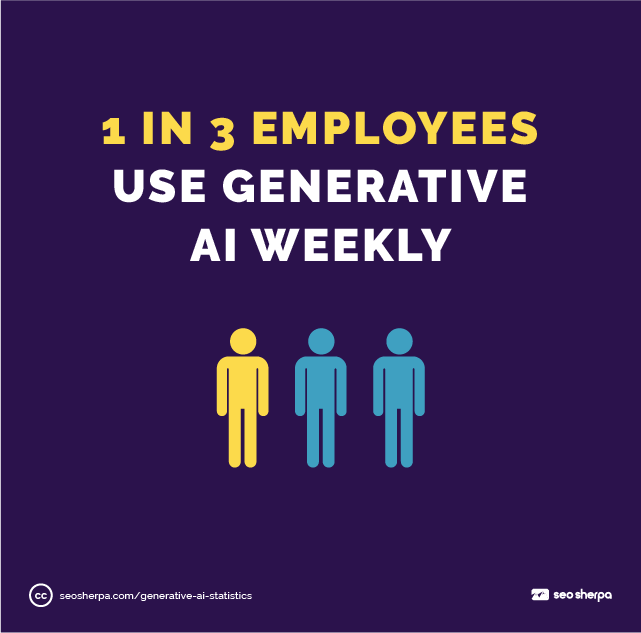
According to U.S. data, marketing and advertising leads all industries in gen AI adoption at 37%, followed by tech at 35% and consulting at 30%.
Heavily regulated or traditional sectors lag behind: healthcare adoption sits at 15%, accounting at 16%, and education and government are lower still.
Creative industries moved first, using AI for copywriting, image generation, and campaign automation.
Industries with compliance barriers are slower, but pilot programs are underway.

By 2025, 90% of Customer Service Businesses Plan to Use Generative AI (Deloitte)
Deloitte reports that nine in 10 customer service organizations plan to invest in gen AI by 2025.
Today, over 74% are already testing or deploying AI chatbots.
AI is used to automate common queries, suggest responses, and assist human agents.
Forecasts from Servion Global suggest up to 95% of all customer interactions could be AI-assisted by 2025.
94% of Financial Companies Have Adopted AI Tools (Statista)
Statista data shows that only 6% of financial services firms remain AI-free, making finance one of the most mature sectors for AI adoption.
Applications include fraud detection, credit scoring, algorithmic trading, and AI-generated reports.
Despite regulatory scrutiny, financial firms have invested heavily in automation and data-driven services to stay competitive.
86% of IT Leaders Say Generative AI Is Important to Their Company’s Future (SalesForce)
Salesforce’s State of IT report found that 86% of IT decision-makers view gen AI as essential for future success.
Yet 58% say their current level of automation is insufficient.
To close that gap, 87% plan to increase AI and automation investment over the next 18 months.
IT leaders are championing gen AI adoption across infrastructure, cybersecurity, software development, and operations.
78% of Executives Believe the Benefits of Generative AI Outweigh Its Risks (Gartner)
Gartner’s executive polling showed that 78% of business leaders now see more upside than downside in adopting generative AI.
This is up from 68% earlier in 2023.
Concerns about hallucinations, IP issues, and ethical risks remain, but they’re being outweighed by perceived gains in efficiency, innovation, and cost savings.
Generative AI Adoption in Product Development Could Jump From 23% to 46% by 2025 (DemandSage)
Statista forecasts that 46% of product development teams will use gen AI at scale by 2025, up from just 23% in 2022.
Use cases include generative design, AI-driven simulation, and code assistants in engineering workflows.
This shift reflects growing maturity and trust in AI across R&D, manufacturing, and prototyping teams.
90% of Online Content Could Be Generated by AI by 2026 (Europol)
A Europol report predicts that AI could produce 90% of online content within the next year.
This includes blog posts, product descriptions, videos, and social media content.
The shift raises issues around misinformation, spam, and authenticity.
Watermarking, content validation tools, and AI literacy education will become essential to maintain trust.
Consumer Behavior & Awareness
How are everyday people reacting to generative AI?
These stats explore generative AI user demographics and behaviors: what consumers use AI for, their trust and concerns, and how AI is influencing consumer decisions.
The data shows high excitement and usage among many consumers, but also caution about trusting AI-generated content.
85% of Generative AI Users Utilize It for Personal Tasks (Deloitte)
Deloitte’s 2024 data shows that most users are turning to AI for everyday help, like writing emails, brainstorming, or summarizing content.
At the same time, 34% use gen AI for professional tasks, and 24% for education-related projects.
The overlap across personal, professional, and academic use shows that AI is becoming a general-purpose assistant.
20% of Freelancers Use Gen AI Tools Regularly (WEF)
Freelancers are embracing generative AI at significantly higher rates than traditional employees. According to recent data from the World Economic Forum, one in 5 five (20%) report regular use of gen AI tools, compared to just 9% of the non-freelance workforce.
That puts freelancers more than twice as likely to use AI frequently in their work.
Their use of generative AI spans a range of tasks. Research is the top use case, with 41% of freelancers relying on AI to gather information quickly.
Other popular applications include brainstorming ideas (35%), translation (33%), and writing proposals (32%), tasks where speed and creativity matter most.
As independent professionals look for ways to stay competitive, generative AI is quickly becoming a go-to assistant in the freelance toolkit.
66% of Generative AI Users Say the Results Exceed Their Expectations (Deloitte)
66% of users report that AI tools performed better than expected, with one-third calling it “significantly better”.
Among Gen Z and Millennials, that satisfaction rate is even higher at 70%.
Only 8% said generative AI fell short.
This high satisfaction rate supports continued usage and word-of-mouth adoption.
70% of People Say AI-generated Content Makes Them More Cautious About What They See Online (Deloitte)
Deloitte’s survey found that 70% of people feel more skeptical about online content due to AI’s growing role in its creation.
This signals a trust divide: people value AI tools but are wary about what they see online unless clearly labeled.
73% of Consumers Are Willing to Trust Generative AI for Financial, Medical, or Personal Advice (Capgemini)
Capgemini found that 73% of users are open to using generative AI for sensitive guidance, such as financial planning or health questions.
Boomers showed the highest willingness for personal advice.
However, 49% or almost half of consumers expressed lack of concern over the idea of generative AI being used for misinformation, such as in creating fake news stories.
70% of Consumers Use Generative AI for Product Recommendations, and 64% Would Buy Based on AI Suggestions (Capgemini)
Capgemini reports that 7 in 10 consumers rely on AI for product discovery, and 64% are willing to buy based on AI suggestions.
AI-powered personal shoppers, stylists, and product recommenders are gaining traction as consumers value convenience and customization.
63% of People Believe AI Will Improve Their Lives, But 78% Want Companies to Use It Ethically (Cisco)
Cisco’s global privacy survey shows that 63% of people believe AI can improve their daily lives.
At the same time, 78% expect companies to use AI ethically and won’t support brands they don’t trust with their data.
This reinforces the importance of transparency and strong governance in AI deployment.
66% of AI Users Are Interested in AI for Personalized Fitness, Shopping, and Financial Planning (Deloitte)
Deloitte’s survey found that 66% of users are interested in using AI for lifestyle guidance, such as customized workouts, shopping assistants, and budget tools.
Interest is especially high among Gen Z and Millennials, driving growth in AI-driven consumer services.
60% of the World’s Population Is Expected to Interact With AI in 2024 (Forrester)
Forrester reports that over 60% of the global population will use or encounter AI this year, either actively or passively.
This includes direct interaction (e.g. using chatbots) or indirect contact (e.g. AI-curated content).
Global AI exposure is now approaching internet-level reach.
26% of Americans Have Used ChatGPT to Learn Something; 22% Have Used It for Fun (Pew Research)
Pew Research data shows that 26% of U.S. adults have used ChatGPT for educational purposes, up from 8% in March 2023.
This includes asking for explanations, study support, or researching new topics.
Another 22% of users reported using ChatGPT for entertainment, such as storytelling, joke generation, or casual experimentation.
The growth in both use cases indicates that AI isn’t only viewed as a work tool, it’s also being integrated into personal and educational routines.
Younger users are leading this trend, frequently treating ChatGPT as an always-available tutor or creative partner.
Despite rising adoption, 66% of Americans have not yet used ChatGPT for these types of tasks, suggesting room for further growth as awareness and comfort increase.
52% of Americans Are More Concerned Than Excited About AI (Pew Research)
A 2023 Pew survey found that 52% of Americans feel more concerned than excited about the rise of AI in daily life, up from 37% in 2021.
Only 10% of respondents said they are mostly excited and not concerned.
Concerns include job loss, privacy, misinformation, and reliance on automated decision-making.
Even among those familiar with AI, skepticism persists.
This caution is reflected in user preferences: 90% of people prefer human customer service over chatbots, and 52% of employed respondents express at least some worry that AI could threaten their job security.
For companies deploying AI, this signals a clear need for transparency, user education, and trustworthy design.
Older Consumers Are Significantly More Wary of AI in Customer experience (SurveyMonkey)
SurveyMonkey data shows that 72% of adults over 65 view business use of AI in customer experience negatively.
In contrast, only 41% of adults under 34 report negative views.
Younger generations are receptive: 66% of Gen Z consumers say they want AI-powered help on websites, compared to just 27% of seniors.
This age-based split presents a challenge for companies: AI-enhanced service appeals to younger customers but risks alienating older ones.
Curious how you can leverage these AI trends for your business?
Our team uses data-driven SEO and AI-powered research to boost your digital presence.
Explore how our SEO strategies integrate AI insights in our Search Everywhere Optimization guide.
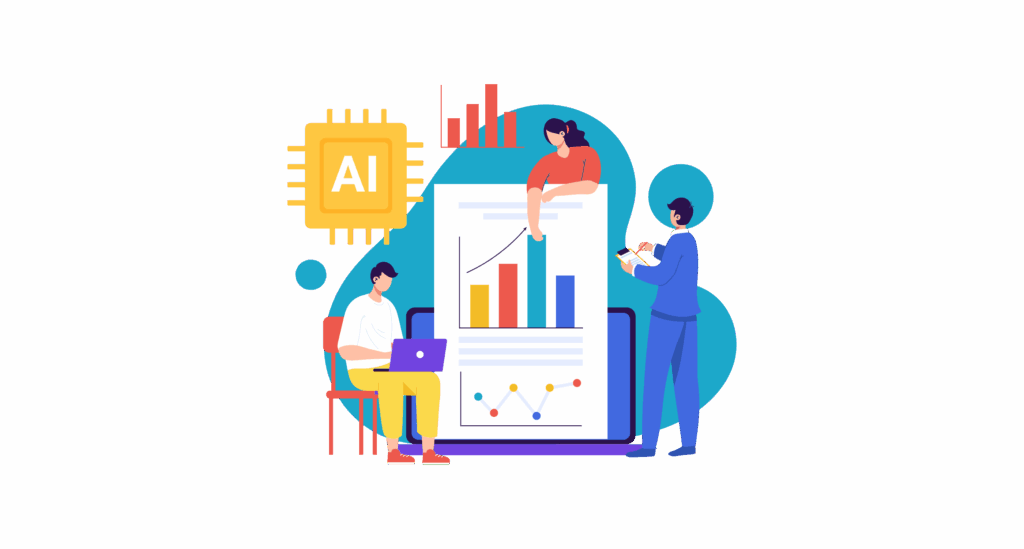

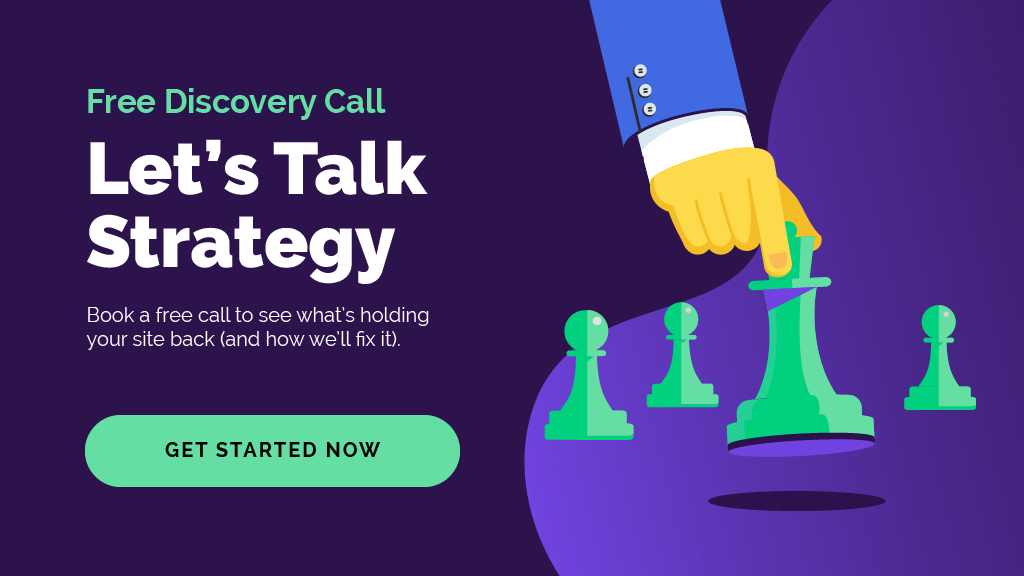

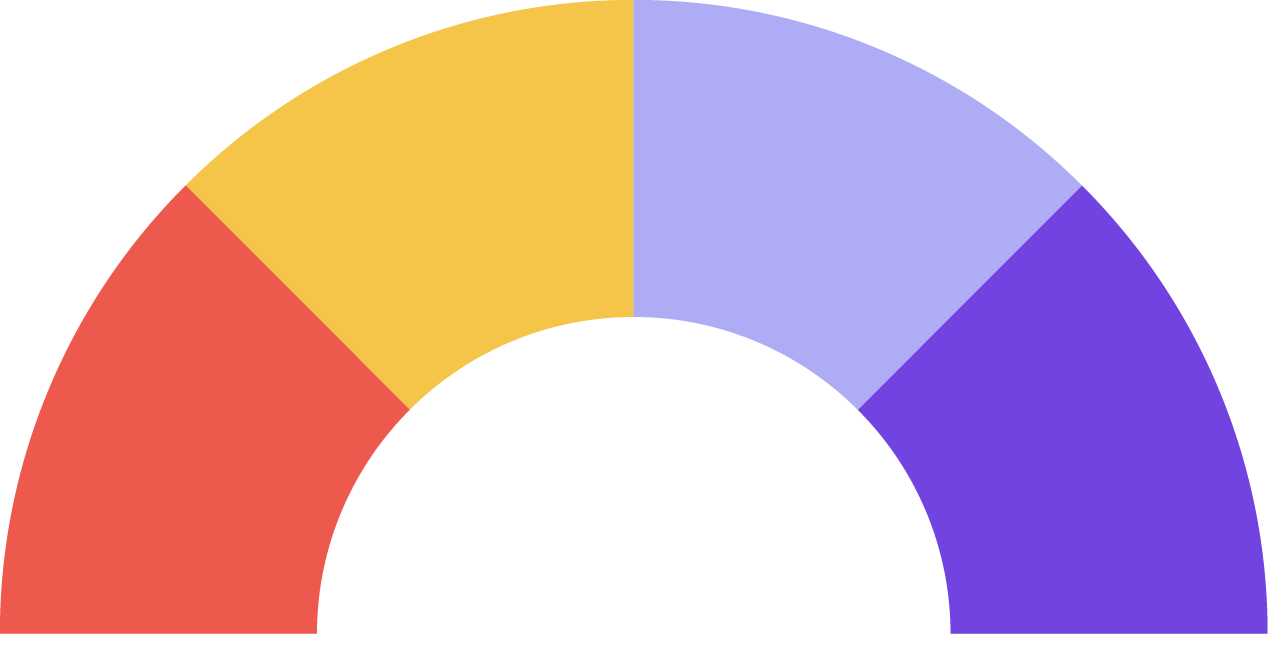

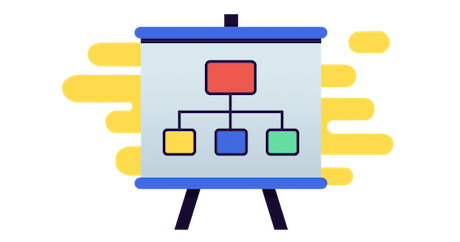
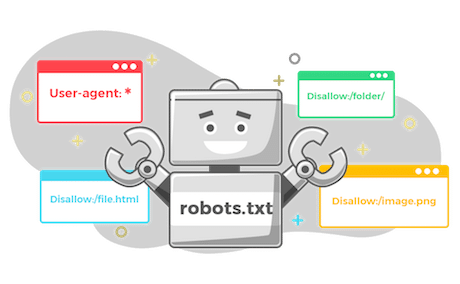

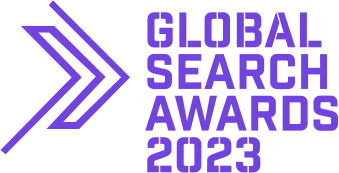


Leave a Reply